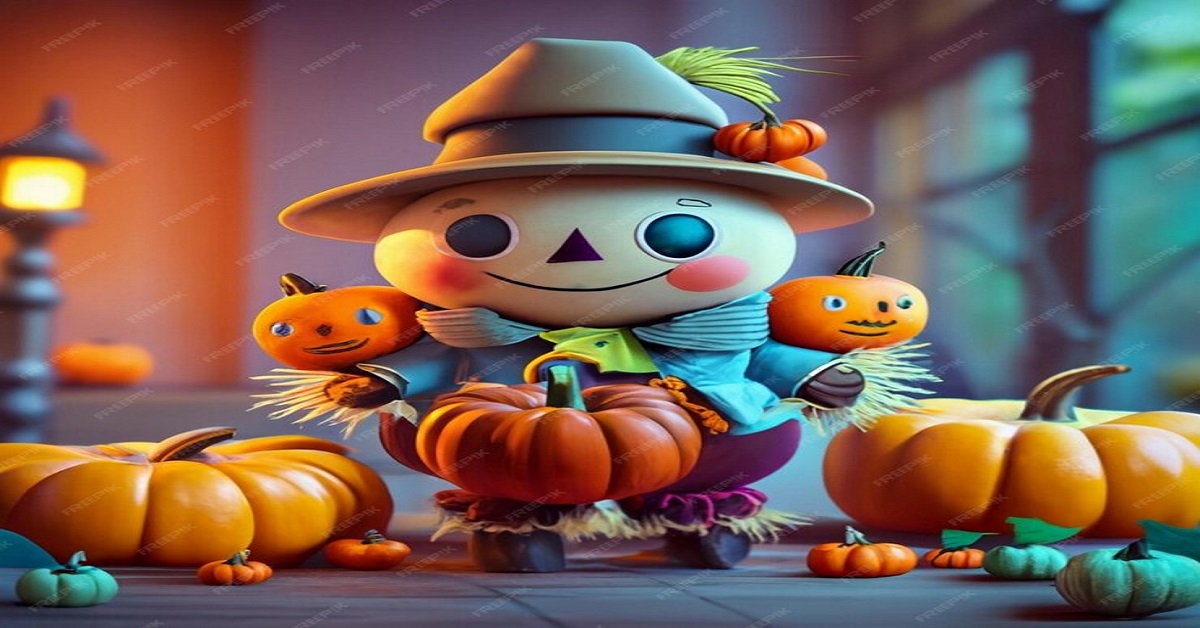Cuteness is a subjective aesthetic that evokes feelings of affection, tenderness, and endearment. It often manifests in characteristics such as smallness, playfulness, and innocence.
The concept of cuteness transcends cultures and is universally recognized, often associated with things like baby animals, young children, and certain visual styles in art and design.
Characteristics of Cuteness
- This could include tiny animals, miniatures, or diminutive characters in media.
- Round Features: Rounded shapes and soft edges contribute to cuteness. Think of round cheeks, big eyes, and chubby bodies commonly seen in cartoons.
- Playful Behavior: Playfulness and innocent antics can enhance perceptions of cuteness. Activities like frolicking, curiosity, and clumsiness often contribute to this appeal.
Cultural Impact
Cuteness plays a significant role in various aspects of culture, from marketing strategies to social media trends.
In Japan, the concept of “kawaii” exemplifies a cultural obsession with cuteness, influencing fashion, entertainment, and even societal norms.
Psychological Response
Psychologically, cuteness triggers positive emotions such as happiness and a desire to nurture.
Studies suggest that viewing cute images can improve mood and increase feelings of empathy.
Visual Representation
In visual arts and design, techniques such as exaggerated features, bright colors, and simplified forms are used to enhance cuteness.
This approach is prevalent in animation, character design, and product packaging aimed at appealing to a broad audience.
Kawaii (Japanese Concept of Cuteness)
“Kawaii” is a Japanese term that translates to “cute” in English but represents a broader cultural phenomenon beyond mere aesthetics.
Originating in the 1970s, kawaii has become a cornerstone of Japanese popular culture, influencing fashion, media, and social behavior.
Origins and Evolution
The kawaii culture emerged as a rebellion against traditional notions of beauty and masculinity in Japan.
It initially gained popularity among adolescent girls and later expanded to encompass a wide range of products, characters, and artistic styles.
Characteristics of Kawaii
- Superficial Features: Large eyes, small noses, and round faces are common features of kawaii characters, exaggerating cuteness.
- Color Palette: Soft pastels and bright colors dominate Kawaii aesthetics, creating a cheerful and innocent appearance.
- Pop Culture Icons: Characters like Hello Kitty, Pikachu, and Doraemon exemplify kawaii culture, becoming global icons of cuteness.
Cultural Significance
Kawaii extends beyond visual aesthetics to influence social interactions and consumerism in Japan.
It promotes a childlike innocence and fosters a sense of community among fans of Kawaii products and characters.
Global Influence
Outside Japan, kawaii has gained popularity worldwide, influencing fashion trends, art styles, and consumer products.
The appeal of kawaii transcends age and gender, resonating with people seeking positivity and escapism.
Halloween
Halloween is an annual celebration observed on October 31st, primarily in Western countries, characterized by costumes, and decorations.
And festivities centered around themes of the supernatural and the macabre.
Historical Origins
Halloween has roots in ancient Celtic traditions, particularly the festival of Samhain, which marked the end of the harvest season and the beginning of winter.
The Celts believed that on this night, the boundary between the living and the dead blurred, allowing spirits to roam the earth.
Modern Traditions
- Costumes: Participants often dress in costumes ranging from spooky creatures to popular characters, emphasizing creativity and playfulness.
- Decorations: Houses and neighborhoods are adorned with pumpkins (jack-o’-lanterns), cobwebs, ghosts, and other eerie symbols to create a haunted atmosphere.
- Trick-or-Treating: Children go door-to-door, collecting candies and treats from neighbors who are prepared for their visits.
Cultural Impact
In contemporary culture, Halloween has evolved into a commercial and community-focused event.
It serves as a platform for creativity, self-expression through costumes, and communal activities that bring people together.
Global Popularity
While traditionally Western, Halloween has gained popularity worldwide through media and cultural exchange. Many countries now host their versions of Halloween-themed events, blending local traditions with the classic Halloween motifs.
These headings and paragraphs provide a structured overview of the concepts of “Cute,” “Kawaii,” and “Halloween,” highlighting their definitions, characteristics, cultural significance, and global impact.
Conclusion:
“Kawaii,” originating from Japan, extends beyond mere cuteness to encompass a cultural phenomenon deeply embedded in society. Characterized by exaggerated features, vibrant colors, and iconic characters, kawaii promotes a sense of innocence and community, influencing global fashion trends and consumer preferences.
“Halloween,” rooted in ancient Celtic traditions, has evolved into a widely celebrated event characterized by costumes, decorations, and communal activities. It bridges cultural boundaries, fostering creativity and community spirit while embracing themes of the supernatural and playful fear.
